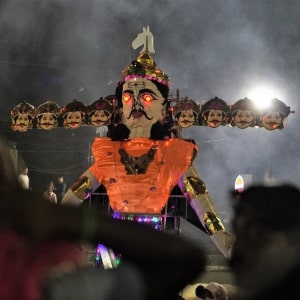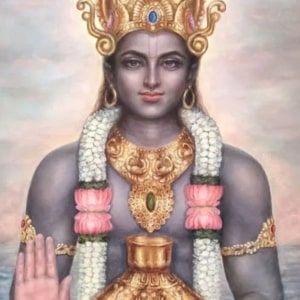Dussehra, also known as Vijayadashami, is a significant Hindu festival celebrated across India with immense enthusiasm. This occasion commemorates the victory of good over evil and is marked by various rituals and festivities. In this comprehensive guide, we will delve into how Dussehra is celebrated, its significance, and the customs that make this festival unique.

The Legend of Dussehra
The celebration of Dussehra is rooted in ancient Indian mythology, particularly the epic of Ramayana. According to Hindu scriptures, Lord Rama, the seventh avatar of Lord Vishnu, fought and defeated the demon king Ravana after a long and arduous battle. This victory symbolizes the triumph of virtue over vice, righteousness over unrighteousness, and light over darkness.
Dussehra marks the day when Lord Rama, along with his brother Lakshmana and the monkey-god Hanuman, finally vanquished Ravana and rescued his wife, Sita, who had been abducted. The celebrations of Dussehra are a reenactment of this glorious victory, a reminder of the eternal battle between good and evil.
Also Read: Ram Sita Kundli Match
Preparations for Dussehra
The preparations for Dussehra typically begin days in advance. People clean and decorate their homes, shops, and temples. It is considered auspicious to start new ventures or make significant purchases during this time. The markets are bustling with shoppers looking for clothes, gifts, and festive decorations.
One of the most iconic elements of Dussehra preparations is the creation of effigies of Ravana, his brothers, and his ten-headed demon form, which are filled with fireworks and placed in open grounds for public viewing. These effigies can be enormous, and their construction is a community effort that involves skilled artisans and enthusiastic volunteers.
The Main Event: Ravana Dahan
The highlight of Dussehra celebrations is the burning of these effigies, known as “Ravana Dahan” or the burning of Ravana. This symbolic act represents the destruction of evil and the victory of good. In many cities and towns, thousands of people gather at designated grounds to witness the spectacle.
Before the burning, there is often a reenactment of Lord Rama’s story through plays and dramas, known as “Ramleela.” These performances are an integral part of Dussehra celebrations and can last for several days, with actors and volunteers passionately bringing the epic to life.
Religious Observances
Dussehra is also a time for religious ceremonies and rituals. Many people visit temples and offer prayers to seek the blessings of the divine. In some regions of India, devotees fast as a mark of penance and dedication to Lord Rama. In the southern part of India, Dussehra is celebrated with the worship of Goddess Chamundeshwari or Durga, highlighting the diverse ways in which the festival is observed throughout the country.
Feasting and Social Gatherings
Like many Indian festivals, Dussehra is a time for feasting and sharing joy with loved ones. Families and friends come together to prepare and enjoy a delicious spread of traditional dishes. Sweets like jalebi, laddoo, and barfi are exchanged, and special dishes like puri, sabzi, and a variety of biryanis are prepared to mark the occasion. Community gatherings, fairs, and cultural programs also add to the festive spirit.
Dussehra is a celebration that transcends religious boundaries and unites people in the joyous commemoration of the victory of good over evil. It is a time for reflection on the significance of righteousness, moral values, and the enduring battle between light and darkness. The burning of Ravana effigies and the retelling of Lord Rama’s story serve as a powerful reminder of the importance of virtue and the ultimate triumph of good. Dussehra is a rich tapestry of culture, religion, and tradition that continues to thrive and bring communities together in India and among the Indian diaspora worldwide.





